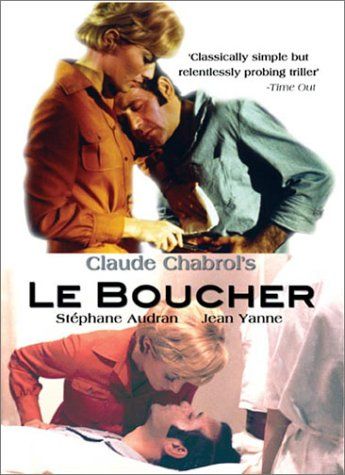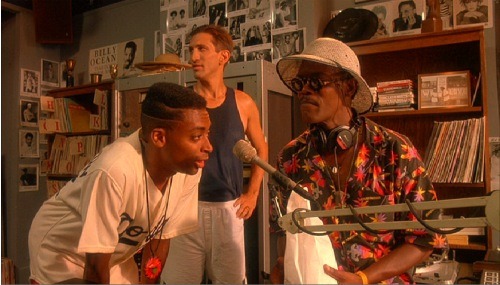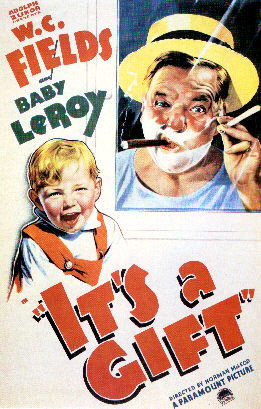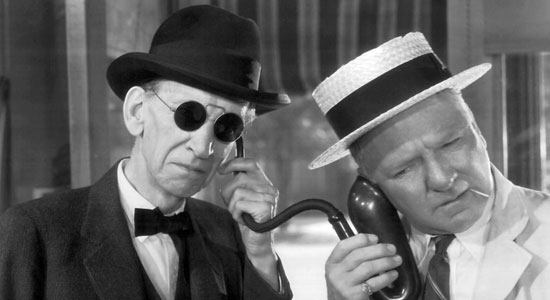Damn the torpedoes. I may get through this, I may not, but I'm going to attempt it.
I have issues with making lists. I really do, it's painstakingly difficult for me, because I'm a bit bipolar and my mood changes, I change, and so do my tastes in films from time to time.
However I'm going to try to narrow it down to a top 100 films of all time, but I'm not going to rank them.
The reason why is because I really wonder if a person can say with any objectivity the difference between their 58th favorite film and their 70th favorite film.
Also I wonder if a person didn't have their list with them or moFo handy, could you walk up to them on the street and ask, "Hey what's your 61st favorite film?" and have them give you a direct answer why with the reasons why it's below 60 and slightly ahead of 62?
Likely not.
This is why I haven't really made a list in about 10 years. But I'm going to try again not ranking them, but just giving you 100 of my favorite films and reasons I like them. Some I have watched recently and some I haven't watched in years for whatever reasons.
Here it goes and pray I get throught it.
-----
Blue Velvet
Le Boucher
Do the Right Thing
Little Big Man
It's a Gift
Sunrise: A Song of Two Humans
City Slickers
Steamboat Bill Jr.
The Maltese Falcon
I have issues with making lists. I really do, it's painstakingly difficult for me, because I'm a bit bipolar and my mood changes, I change, and so do my tastes in films from time to time.
However I'm going to try to narrow it down to a top 100 films of all time, but I'm not going to rank them.
The reason why is because I really wonder if a person can say with any objectivity the difference between their 58th favorite film and their 70th favorite film.
Also I wonder if a person didn't have their list with them or moFo handy, could you walk up to them on the street and ask, "Hey what's your 61st favorite film?" and have them give you a direct answer why with the reasons why it's below 60 and slightly ahead of 62?
Likely not.
This is why I haven't really made a list in about 10 years. But I'm going to try again not ranking them, but just giving you 100 of my favorite films and reasons I like them. Some I have watched recently and some I haven't watched in years for whatever reasons.
Here it goes and pray I get throught it.
-----
Blue Velvet
Le Boucher
Do the Right Thing
Little Big Man
It's a Gift
Sunrise: A Song of Two Humans
City Slickers
Steamboat Bill Jr.
The Maltese Falcon
__________________
"A candy colored clown!"
Member since Fall 2002
Top 100 Films, clicky below
http://www.movieforums.com/community...ad.php?t=26201
"A candy colored clown!"
Member since Fall 2002
Top 100 Films, clicky below
http://www.movieforums.com/community...ad.php?t=26201
Last edited by iluv2viddyfilms; 08-01-11 at 06:01 PM.












.jpg)